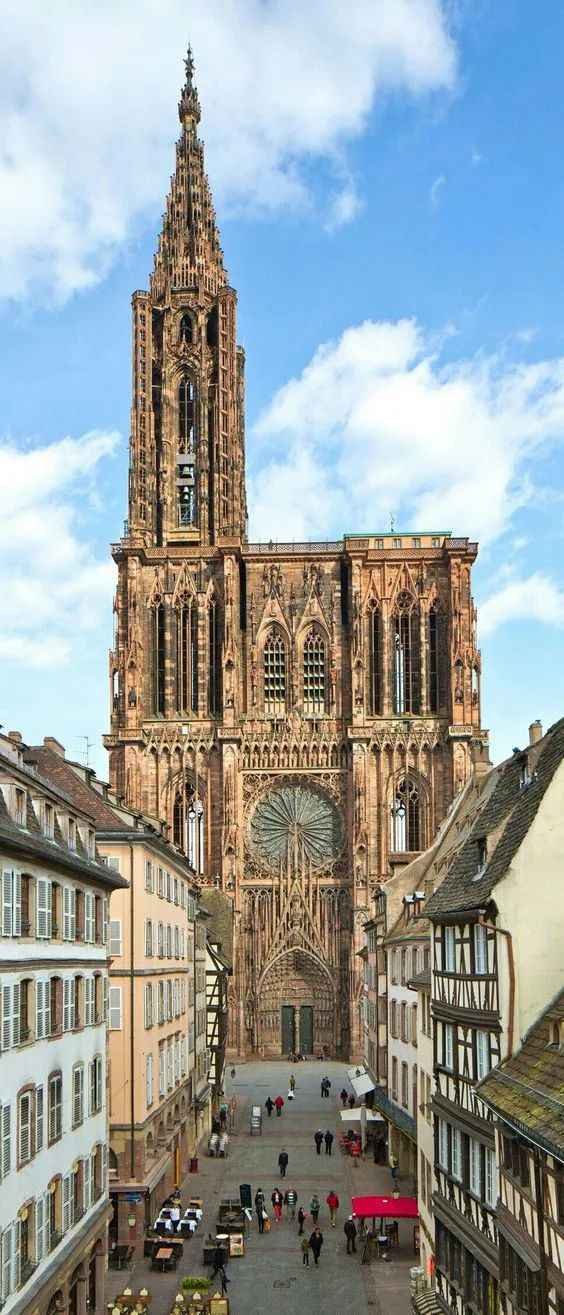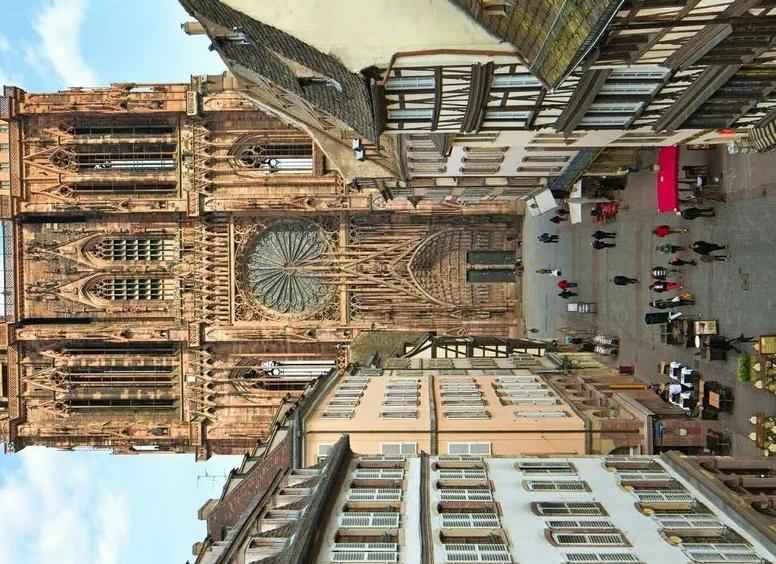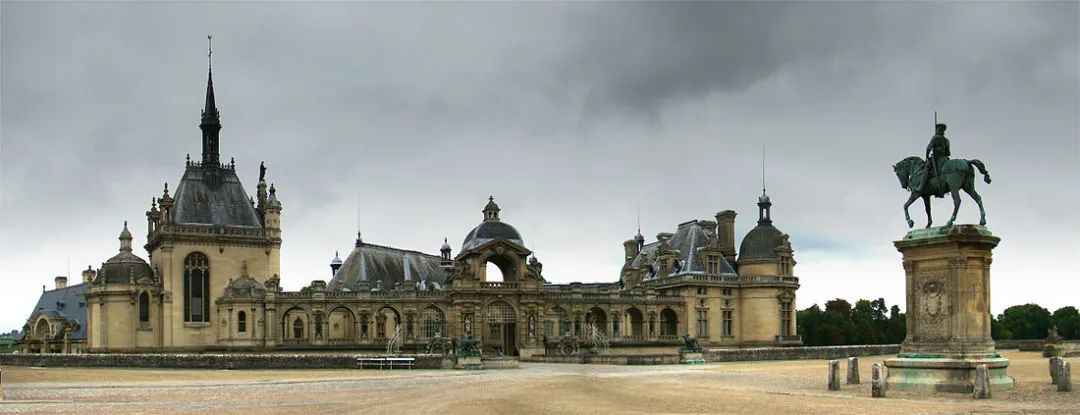Reims Cathedral: The Spiritual Heart of French Monarchy

Source: Images from the Internet, if there is any infringement, please contact the removal of
Nestled in the Champagne region of France, the Cathédrale Notre-Dame de Reims stands as a testament to over a millennium of French history and architectural grandeur. As a UNESCO World Heritage Site, this Gothic masterpiece has been the spiritual epicenter of French royalty since Clovis I’s baptism in 496 AD, cementing its role as the ultimate symbol of monarchical legitimacy.
Begun in 1211 and completed over 250 years, the cathedral’s imposing structure—138 meters long and 38 meters high—exemplifies Gothic engineering at its finest, with flying buttresses and pointed arches soaring toward the heavens. Its façade dazzles with 2,303 sculptural figures, most famously the "Smiling Angel" whose serene expression has become an icon of Reims. Inside, the 17th-century organ with 6,800 pipes and the northern rose window depicting Genesis create a symphony of light and sound. Notably, the modernist stained glass in the Chapel of the Virgin, designed by Marc Chagall in 1974, adds a contemporary flair to the ancient edifice.
From Henry I in 1027 to Charles X in 1825, 25 French monarchs were crowned here, their ceremonies sanctified by the 传奇 of the Holy Ampulla—a vial said to have been delivered by a dove during Clovis’ baptism, whose oil remains central to the consecration ritual. The cathedral’s history reached a crescendo with Joan of Arc: in 1429, she led Charles VII through English-held territories to secure his coronation in the unfinished nave, a pivotal moment that turned the tide of the Hundred Years’ War. This event, immortalized in stone reliefs, remains a cornerstone of French national identity.
While spared major damage during the French Revolution, the cathedral suffered near-destruction in 1914 when German artillery reduced much of it to rubble. Miraculously, its stained glass had been evacuated beforehand by the archbishop. Rebuilt over two decades with Rockefeller family funding, it reopened in 1938, a phoenix rising from the ashes. In 1945, history came full circle when the Nazi surrender was signed here, ending WWII in Europe.
Drawing over 1.5 million visitors annually, the cathedral continues to captivate with its timeless allure. Updated visitor information for 2025, including summer hours (9:00–18:30 from June to September), ensures accessibility to modern travelers. More than a building, it is a living chronicle of France’s soul—where power, faith, and resilience converge in stone and glass.









